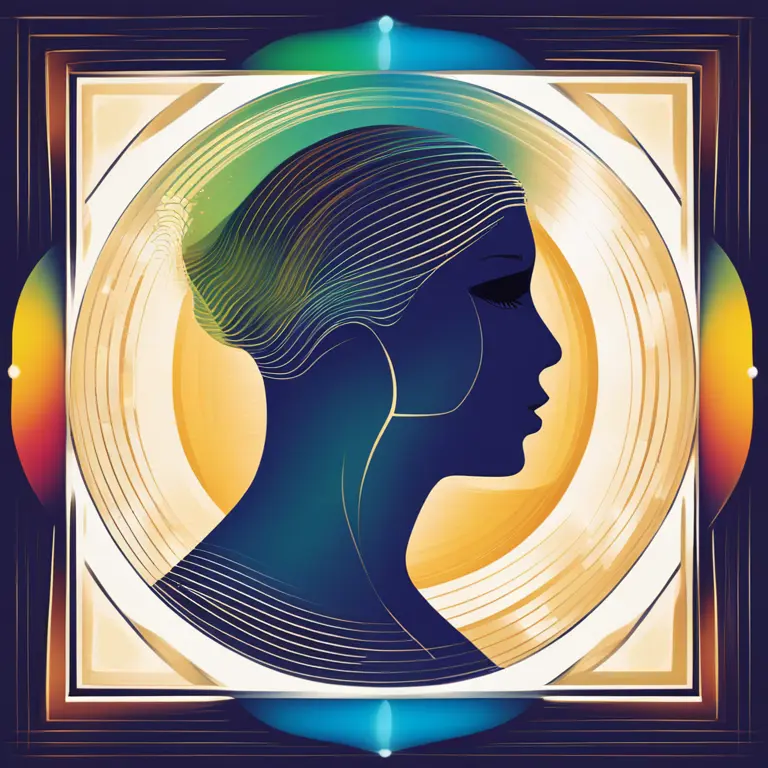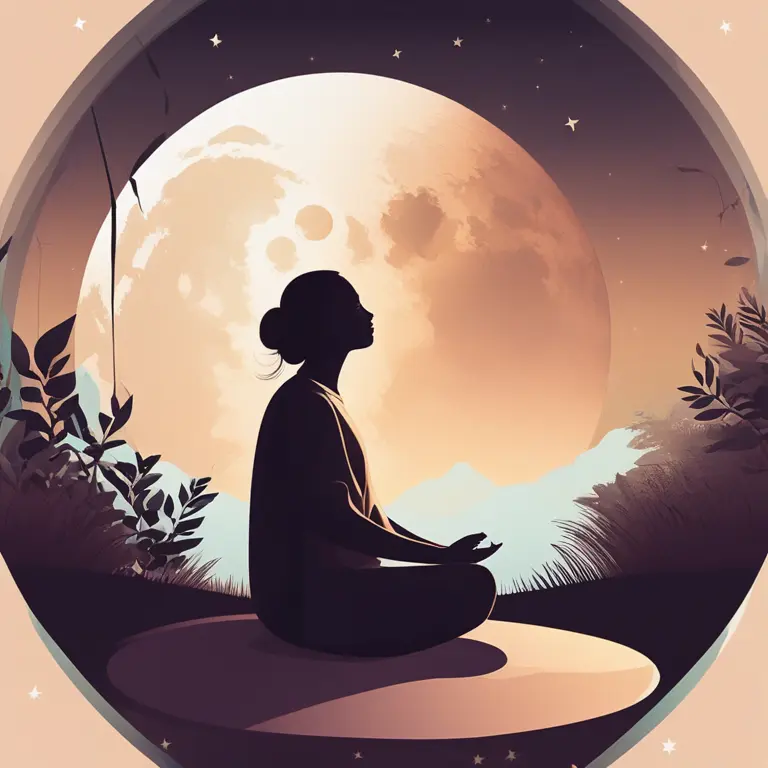
The Rhythms of the Natal Moon: Biorhythmic Insights
Delve into the mystic world of biorhythms in relation to the natal moon. Learn how lunar cycles intertwine with your personal energy patterns.
article by Adrian Wallace
Moon’s Biorhythmic Influence
The Moon in astrology represents our deepest personal needs, our basic habits and reactions, and our unconscious. Where the Sun acts, the Moon reacts. The concept of biorhythms suggests that our lives are influenced by natural mathematical cycles. Combining these two insights, the natal moon's position in our birth chart can reveal much about our innate biorhythmic patterns. Just as the moon influences the tides, so too can it signal ebbs and flows in our personal energy and emotional state.

Interpreting Your Natal Moon Biorhythm
To understand the biorhythm of your natal moon, one must first look at the moon's phase at the time of birth. New Moon births hint at a life initiated with a burst of energy and a cyclical need for renewal. Full Moon births, on the other hand, suggest a life of natural fullness that may ebb towards seeking balance and closure. The waxing and waning phases represent the push for action and reflection, respectively. By tracking these phases in conjunction with current lunar cycles, one can predict personal highs and lows.

Lunar Cycle Effects
The lunar cycle lasts roughly 29.5 days, mirroring the average biorhythmic emotional cycle. As the moon transitions through its phases each month, those sensitive to its rhythm may notice correlated shifts in their mood and intuition. For example, during the waxing moon, one might feel a surge in creativity, while the waning moon might encourage introspection. By paying attention to these cycles, individuals can better plan and execute tasks aligned with their natural biorhythmic tendencies.

Applying Biorhythmic Knowledge
Understanding your biorhythms in relation to the natal moon is not just esoteric knowledge—it has practical applications. By knowing when you're naturally more energetic or reflective, you can optimize your schedule for productivity or rest. Aligning with your lunar biorhythms can enhance personal relationships, career pursuits, and spiritual growth. Key life events, too, can be planned to coincide with supportive lunar phases.
Scientific Perspective
While the interplay between astrological factors and biorhythms is recognized in many esoteric traditions, it's important to note that the scientific community generally views these concepts with skepticism. Biorhythms and astrology as sciences are often considered pseudosciences because they lack empirical evidence. However, many individuals who observe their own patterns might argue that the proof is in the personal experience.
Integration for Modern Living
In the digital age, technological advancements allow us to track and analyze these cycles easily. An array of apps and online platforms are available for those looking to integrate the wisdom of natal moon biorhythms into daily life. Staying informed about current astrological transits and understanding the potential influence on your biorhythms could become as common as checking the weather forecast.
Conclusion
As we move forward into 2024 and beyond, the interconnection between the ancient wisdom of astrology and the concept of biorhythms continues to fascinate. While distinctly personal, the journey of understanding one's natal moon biorhythms can offer a unique framework for self-discovery and personal development. Whether seen as a symbolic tool or a practical guide, the rhythms of the natal moon invite us to dance with the universe.
Published: 1/25/2024
Modified: 1/25/2024
More predictions
Come back here soon to learn more about yourself and your future


Your Biorhythm Horoscope Handbook
Discover the intriguing intersection of biorhythms and astrology. Learn how tracking your biological cycles can provide insights into your physical, emotional, and intellectual well-being.


Biorhythm Love Compatibility: Find Your Match
Discover how a biorhythm love compatibility calculator can enhance your romantic connections by analyzing the natural cycles that influence relationships.


The Human Biorhythm Cycle: Patterns of Life's Ebb & Flow
Delve into the human biorhythm cycle, a compelling concept in the holistic understanding of our physiological and emotional patterns over time.